Home>Furniture & Design>Outdoor Furniture>How To Remove Tree Sap From Outdoor Furniture


Outdoor Furniture
How To Remove Tree Sap From Outdoor Furniture
Modified: January 15, 2024
Learn effective techniques for removing tree sap from your outdoor furniture. Keep your outdoor furniture clean and sap-free with these simple tips and tricks. Protect your outdoor furniture investment.
(Many of the links in this article redirect to a specific reviewed product. Your purchase of these products through affiliate links helps to generate commission for Storables.com, at no extra cost. Learn more)
Introduction
Outdoor furniture adds charm and functionality to any outdoor space, providing a cozy spot for relaxation and entertainment. However, exposure to the elements can lead to a common issue: tree sap sticking to the furniture's surfaces. This sticky substance not only mars the furniture's appearance but can also be quite challenging to remove. Nevertheless, with the right techniques and a bit of elbow grease, you can restore your outdoor furniture to its former glory.
In this comprehensive guide, we'll delve into the art of removing tree sap from outdoor furniture. Whether you have a wooden bench, a metal table, or a plastic chair, these tried-and-true methods will help you banish stubborn sap stains and maintain the pristine condition of your outdoor furniture. So, roll up your sleeves and let's embark on a journey to revitalize your outdoor oasis!
Key Takeaways:
- Say goodbye to sticky tree sap on your outdoor furniture by gently scraping, using suitable solvents, and thorough cleaning. Prevent future build-up with regular maintenance and strategic placement.
- Restore your outdoor furniture’s pristine condition by removing tree sap with the right tools and materials. Follow up with preventive measures to keep it sap-free for years to come.
Read more: How To Remove Sap From Outdoor Cushions
Understanding Tree Sap
Tree sap, also known as resin, is a sticky substance exuded by trees as a response to injury or as a means of protection from insects and fungi. While sap serves a vital purpose for trees, it can be a nuisance when it comes into contact with outdoor furniture. The composition of tree sap can vary depending on the tree species, but it typically contains a mixture of organic compounds, including terpenes, phenolics, and hydrocarbons.
When sap drips onto outdoor furniture, it can quickly adhere to the surface and harden, making it challenging to remove. The warm outdoor temperatures can cause the sap to become even stickier, exacerbating the problem. Additionally, prolonged exposure to sunlight can cause the sap to bond more firmly with the furniture’s material, further complicating the removal process.
Understanding the nature of tree sap is essential for effectively tackling the removal process. Different types of outdoor furniture materials, such as wood, metal, and plastic, may require distinct approaches to sap removal to prevent damage or discoloration. By familiarizing yourself with the characteristics of tree sap and its interaction with various furniture materials, you can choose the most suitable method for restoring your outdoor furniture to its pristine state.
Tools and Materials Needed
Before embarking on the tree sap removal process, it’s essential to gather the necessary tools and materials to ensure a smooth and efficient cleaning experience. Here’s a list of items you’ll need to effectively remove tree sap from your outdoor furniture:
- Scraping Tool: A plastic putty knife or a similar non-abrasive scraping tool will help gently remove hardened sap without damaging the furniture’s surface.
- Solvent or Oil: Depending on the furniture material, you may require a suitable solvent or oil, such as rubbing alcohol, mineral spirits, vegetable oil, or commercial adhesive remover, to dissolve the sap.
- Clean Cloth: Soft, clean cloths or microfiber towels are essential for applying solvents and wiping away dissolved sap without scratching the furniture.
- Mild Soap: A gentle dish soap or a specially formulated outdoor furniture cleaner will be useful for the final cleaning stage to remove any remaining residue and maintain the furniture’s finish.
- Water: Access to water for rinsing and diluting cleaning solutions is crucial during the sap removal process.
- Protective Gloves: To protect your hands during the cleaning process, wear disposable or rubber gloves to prevent direct contact with solvents or oils.
- Protective Eyewear: When using solvents, especially in outdoor settings, wearing protective eyewear is advisable to shield your eyes from potential splashes.
- Optional: Sandpaper or Steel Wool: For wooden furniture, fine-grit sandpaper or steel wool can be used to gently sand away any remaining sap residue after the cleaning process.
By ensuring you have these tools and materials at your disposal, you’ll be well-equipped to tackle the task of removing tree sap from your outdoor furniture with confidence and precision.
Step 1: Scraping Off the Sap
Before delving into the use of solvents or cleaning agents, the initial step in removing tree sap from outdoor furniture involves gently scraping off the hardened sap. Here’s a systematic approach to effectively tackle this crucial first step:
- Assess the Sap Build-Up: Carefully examine the affected areas of the furniture to determine the extent of the sap build-up. Identify any particularly stubborn or thick patches of sap that may require extra attention.
- Choose a Suitable Scraper: Select a non-abrasive scraping tool, such as a plastic putty knife, to avoid scratching or damaging the furniture’s surface during the removal process.
- Apply Gentle Pressure: With the scraping tool in hand, apply gentle pressure to the sap-covered areas, working in the direction of the wood grain or the furniture’s natural texture. Avoid using excessive force to prevent causing indentations or marks on the surface.
- Work in Sections: Divide the affected areas into manageable sections and focus on scraping off the sap methodically. Take your time and exercise patience, especially when dealing with intricate details or crevices in the furniture.
- Remove Dislodged Sap: As you scrape off the sap, periodically remove the dislodged pieces using a clean cloth or a soft-bristled brush. This will prevent the loosened sap from re-adhering to the furniture’s surface.
- Inspect and Repeat if Necessary: After completing the initial scraping process, inspect the furniture to identify any remaining sap residue. If needed, repeat the scraping process to ensure thorough removal.
By diligently following these steps, you can effectively remove the bulk of the hardened sap from your outdoor furniture, setting the stage for the subsequent use of solvents or oils to tackle any lingering traces of sap.
To remove tree sap from outdoor furniture, apply a small amount of rubbing alcohol or hand sanitizer to a cloth and gently rub the sap until it lifts off. Then, clean the area with soapy water to remove any residue.
Step 2: Using Solvents or Oils
Once the bulk of the tree sap has been scraped off, the next step involves using suitable solvents or oils to dissolve any remaining traces of sap and facilitate their removal from the furniture’s surface. The choice of solvent or oil depends on the type of outdoor furniture material and the severity of the sap residue. Here’s a comprehensive guide to effectively using solvents or oils to banish stubborn sap stains:
- Identify the Furniture Material: Determine the material of your outdoor furniture, whether it’s wood, metal, plastic, or another type, as this will dictate the most appropriate solvent or oil to use.
- Wooden Furniture: For wooden furniture, consider using mineral spirits, rubbing alcohol, or a commercial adhesive remover to dissolve the sap. Apply a small amount of the chosen solvent to a clean cloth and gently dab it onto the remaining sap residue.
- Metal or Plastic Furniture: If dealing with metal or plastic furniture, vegetable oil or a mild dish soap and water solution can be effective in breaking down the sap. Apply the oil or soapy solution to the affected areas and let it sit for a few minutes to penetrate the sap.
- Gentle Agitation: After applying the solvent or oil, gently agitate the affected areas by lightly rubbing the surface with a soft cloth or a non-abrasive sponge. This helps the solvent or oil penetrate the sap and loosen its grip on the furniture.
- Repeat as Needed: Depending on the severity of the sap residue, you may need to repeat the application of the solvent or oil multiple times, allowing it to work its magic on the stubborn sap. Be patient and persistent in this process.
- Thoroughly Wipe Clean: Once the sap has been effectively dissolved, use clean cloths or paper towels to wipe away the dissolved sap and the solvent or oil residue. Ensure that the furniture’s surface is left clean and free from any lingering traces of sap.
By following these steps and choosing the appropriate solvent or oil for your specific furniture material, you can effectively dissolve and remove the remaining tree sap, paving the way for the final cleaning stage to restore your outdoor furniture to its pristine condition.
Read more: How To Remove Mildew From Outdoor Furniture
Step 3: Cleaning the Furniture
With the tree sap successfully dissolved and removed from the outdoor furniture, the next crucial step involves thoroughly cleaning the furniture to eliminate any residual traces of sap and restore its original luster. This final cleaning stage aims to ensure that your outdoor furniture emerges spotless and rejuvenated. Here’s a detailed guide to effectively cleaning your outdoor furniture after sap removal:
- Prepare a Cleaning Solution: Depending on the furniture material, prepare a suitable cleaning solution. For wooden furniture, a mild dish soap and water solution is ideal, while metal and plastic furniture can be cleaned using a gentle all-purpose cleaner or a solution of mild dish soap and water.
- Apply the Cleaning Solution: Dip a clean cloth or sponge into the prepared cleaning solution and gently scrub the entire surface of the furniture, paying particular attention to the areas previously affected by sap. Ensure thorough coverage of the furniture to remove any remaining residue and restore its cleanliness.
- Rinse the Furniture: After scrubbing, thoroughly rinse the furniture with clean water to remove the cleaning solution and any residual traces of sap. Use a hose or a bucket of water for this purpose, ensuring that all surfaces are adequately rinsed.
- Dry the Furniture: Once rinsed, use clean, dry cloths or towels to wipe down the furniture and absorb excess moisture. Allow the furniture to air dry in a well-ventilated area to ensure that it is completely dry before further use or storage.
- Inspect and Touch-Up: After the furniture has dried, inspect it closely to ensure that all traces of sap and cleaning agents have been removed. If necessary, perform any touch-up treatments specific to the furniture material, such as applying a protective sealant to wooden furniture or polishing metal surfaces.
By diligently following these cleaning steps, you can effectively restore your outdoor furniture to its pristine state, free from the remnants of tree sap and ready to adorn your outdoor space with its renewed beauty.
Step 4: Preventing Future Sap Build-Up
After successfully removing tree sap from your outdoor furniture, it’s essential to implement preventive measures to minimize the likelihood of future sap build-up. By taking proactive steps to protect your furniture, you can prolong its pristine condition and reduce the need for extensive sap removal in the future. Here are effective strategies to prevent future sap build-up on your outdoor furniture:
- Regular Cleaning and Maintenance: Establish a routine for regular cleaning and maintenance of your outdoor furniture. Wiping down the furniture with a clean cloth and inspecting it for any signs of sap or other debris can help address potential issues before they escalate.
- Strategic Placement: Consider the placement of your outdoor furniture in relation to trees and foliage. Positioning the furniture away from overhanging branches or sap-producing trees can minimize the exposure to falling sap and reduce the risk of accumulation.
- Protective Covers: Utilize protective covers or tarps to shield your outdoor furniture when it’s not in use. This simple measure can provide a barrier against sap, pollen, and other environmental elements that may compromise the furniture’s cleanliness.
- Regular Inspections: Periodically inspect your outdoor furniture for any signs of sap or other environmental residues. Promptly addressing any sap build-up can prevent it from hardening and becoming more challenging to remove.
- Surface Treatments: Depending on the furniture material, consider applying protective coatings or treatments that can repel sap and other outdoor contaminants. For wooden furniture, a quality sealant or protective finish can help safeguard the surface.
- Tree Maintenance: If feasible, consider addressing the source of the sap by pruning overhanging branches or addressing any tree-related issues that may contribute to sap dripping onto your outdoor furniture.
By incorporating these preventive measures into your outdoor furniture care routine, you can minimize the impact of tree sap and maintain the cleanliness and allure of your outdoor living space for years to come.
Conclusion
Removing tree sap from outdoor furniture can be a challenging task, but with the right techniques and a proactive approach, you can effectively restore your furniture to its original splendor. By understanding the nature of tree sap and its interaction with different furniture materials, you can tailor your approach to suit the specific needs of your outdoor furniture. From gentle scraping to the strategic use of solvents and oils, each step in the removal process plays a vital role in rejuvenating your outdoor oasis.
Furthermore, the final cleaning stage and the implementation of preventive measures are essential for maintaining the cleanliness and longevity of your outdoor furniture. Regular maintenance, strategic placement, and protective treatments can all contribute to minimizing the impact of tree sap and preserving the beauty of your outdoor furniture for years to come.
As you embark on the journey of sap removal and furniture care, remember that patience and attention to detail are key. With the right tools, materials, and a touch of diligence, you can bid farewell to stubborn sap stains and welcome back the pristine allure of your outdoor furniture. By following the steps outlined in this guide and incorporating preventive measures into your maintenance routine, you can enjoy your outdoor sanctuary with the assurance that your furniture remains free from the sticky grip of tree sap.
So, roll up your sleeves, equip yourself with the knowledge and tools needed, and embark on the mission of restoring your outdoor furniture to its full glory. With a little effort and a touch of care, your outdoor oasis will continue to be a welcoming haven for relaxation and enjoyment, free from the nuisance of tree sap.
Frequently Asked Questions about How To Remove Tree Sap From Outdoor Furniture
Was this page helpful?
At Storables.com, we guarantee accurate and reliable information. Our content, validated by Expert Board Contributors, is crafted following stringent Editorial Policies. We're committed to providing you with well-researched, expert-backed insights for all your informational needs.
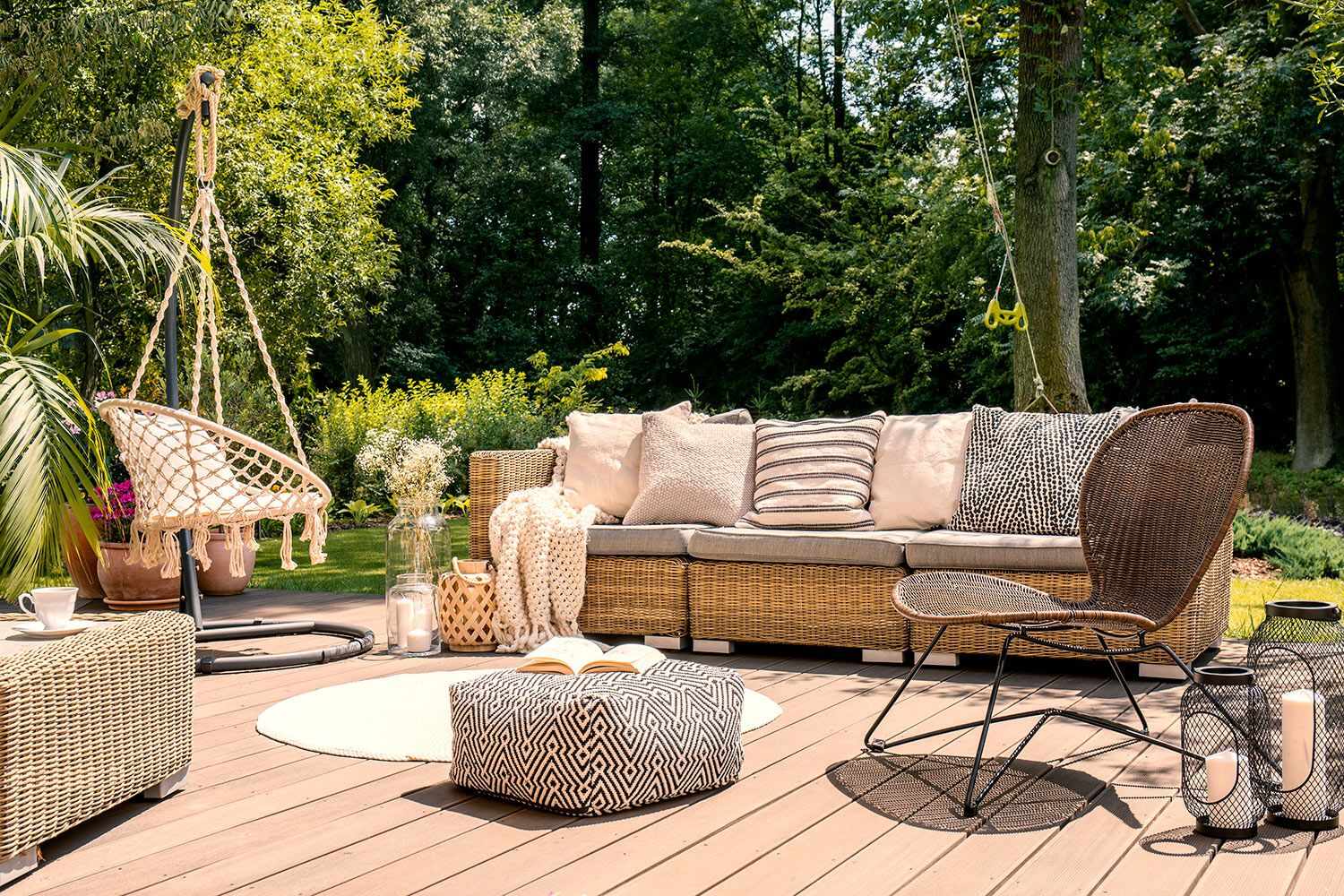
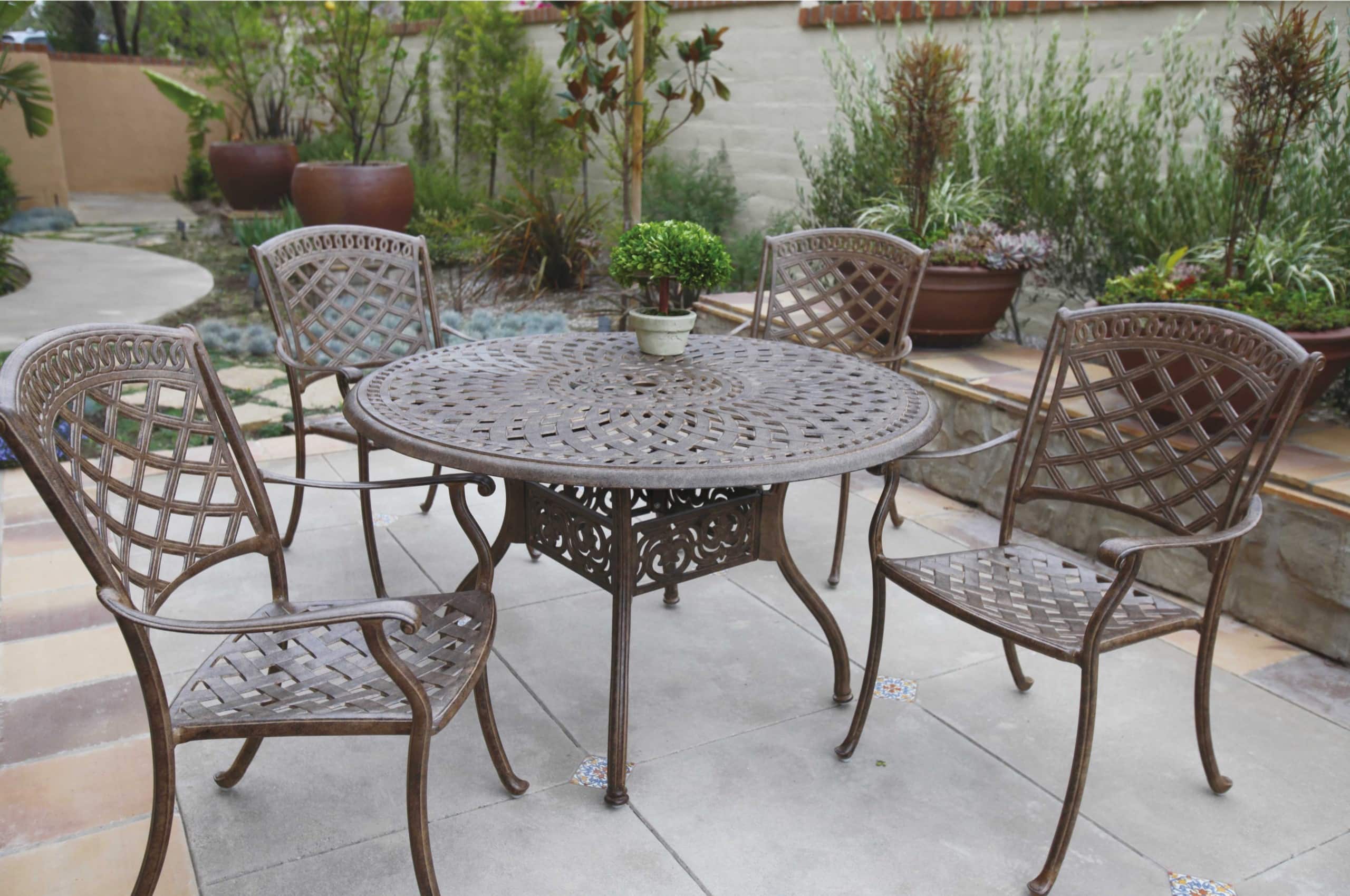
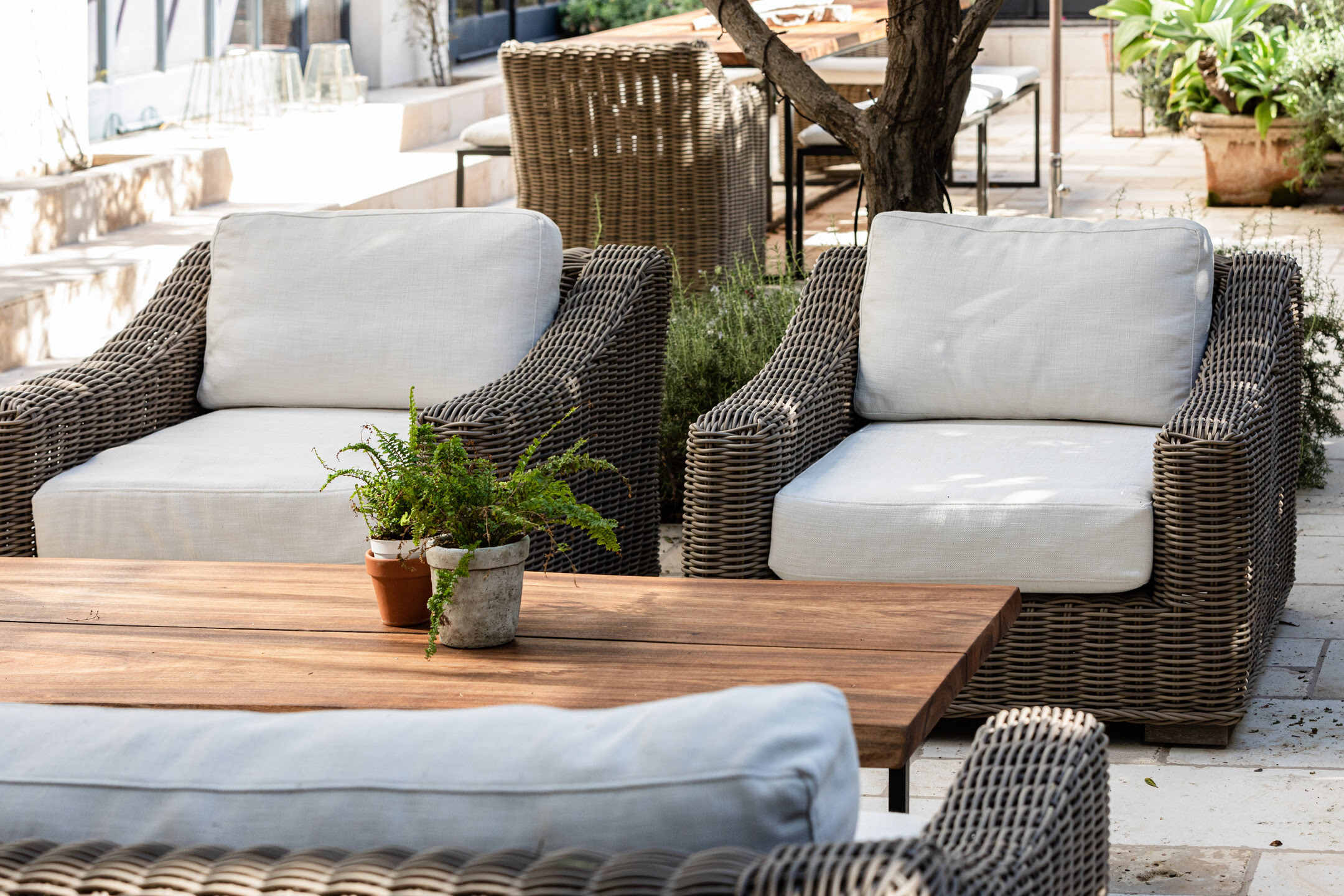
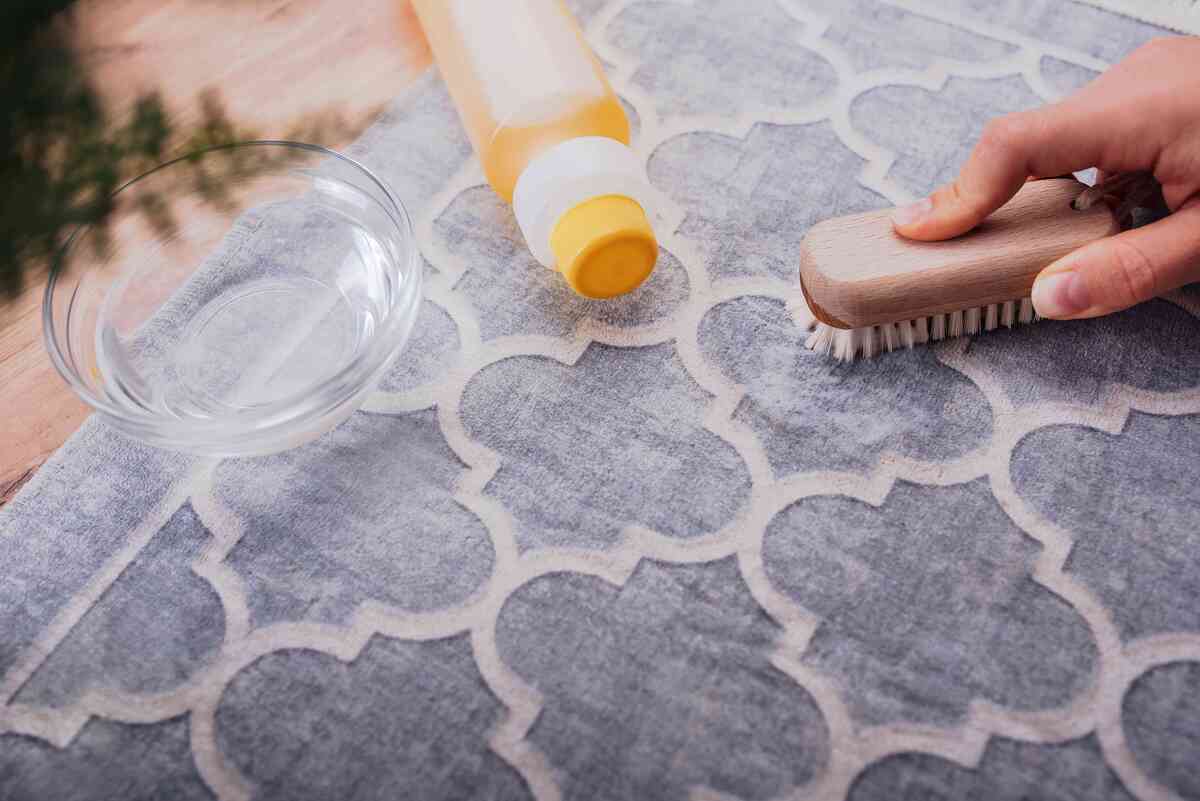
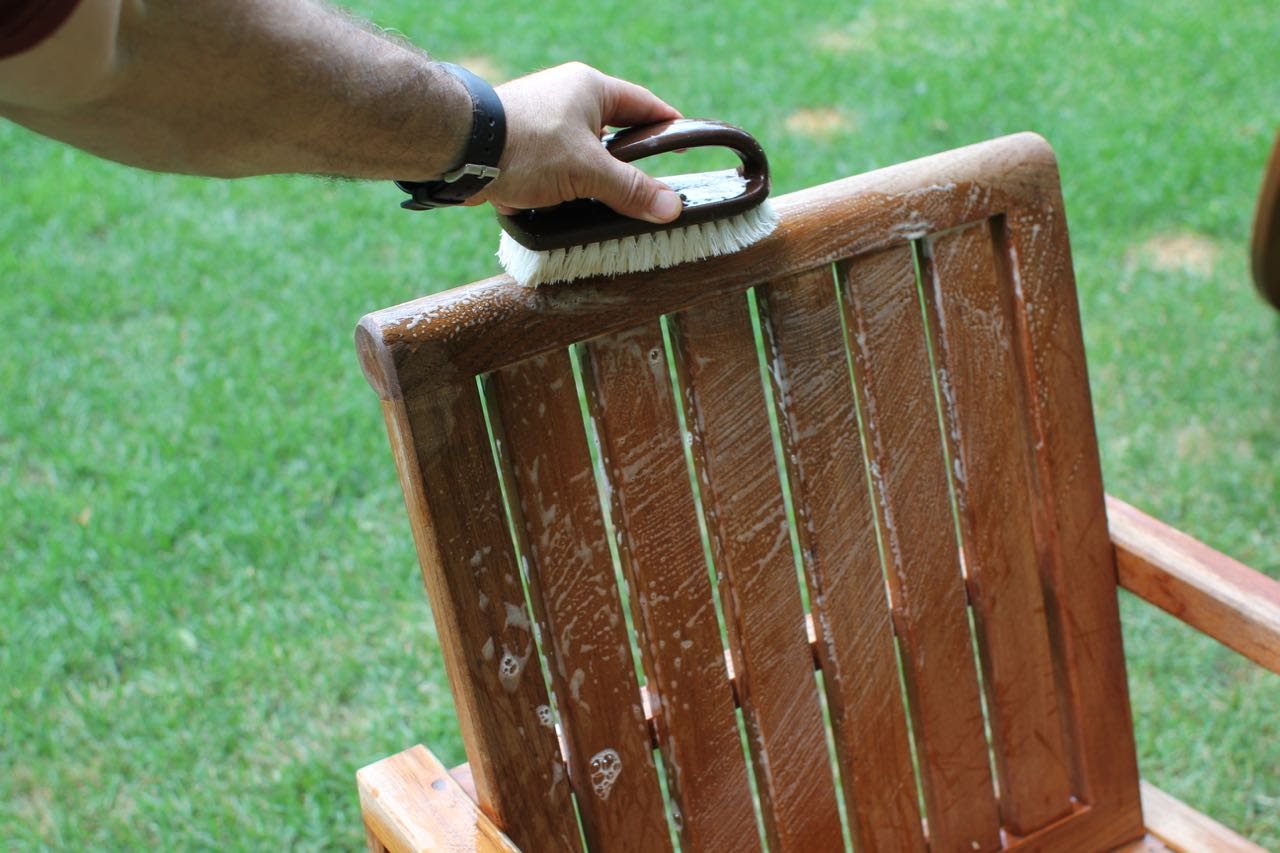

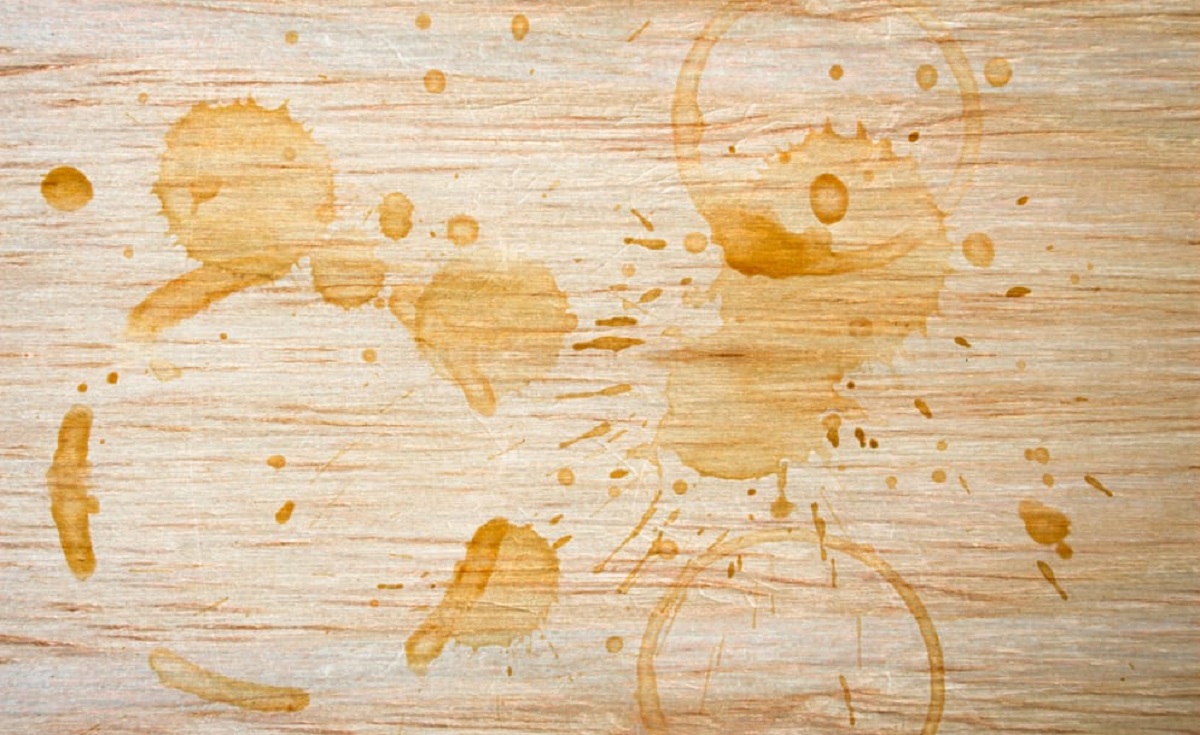
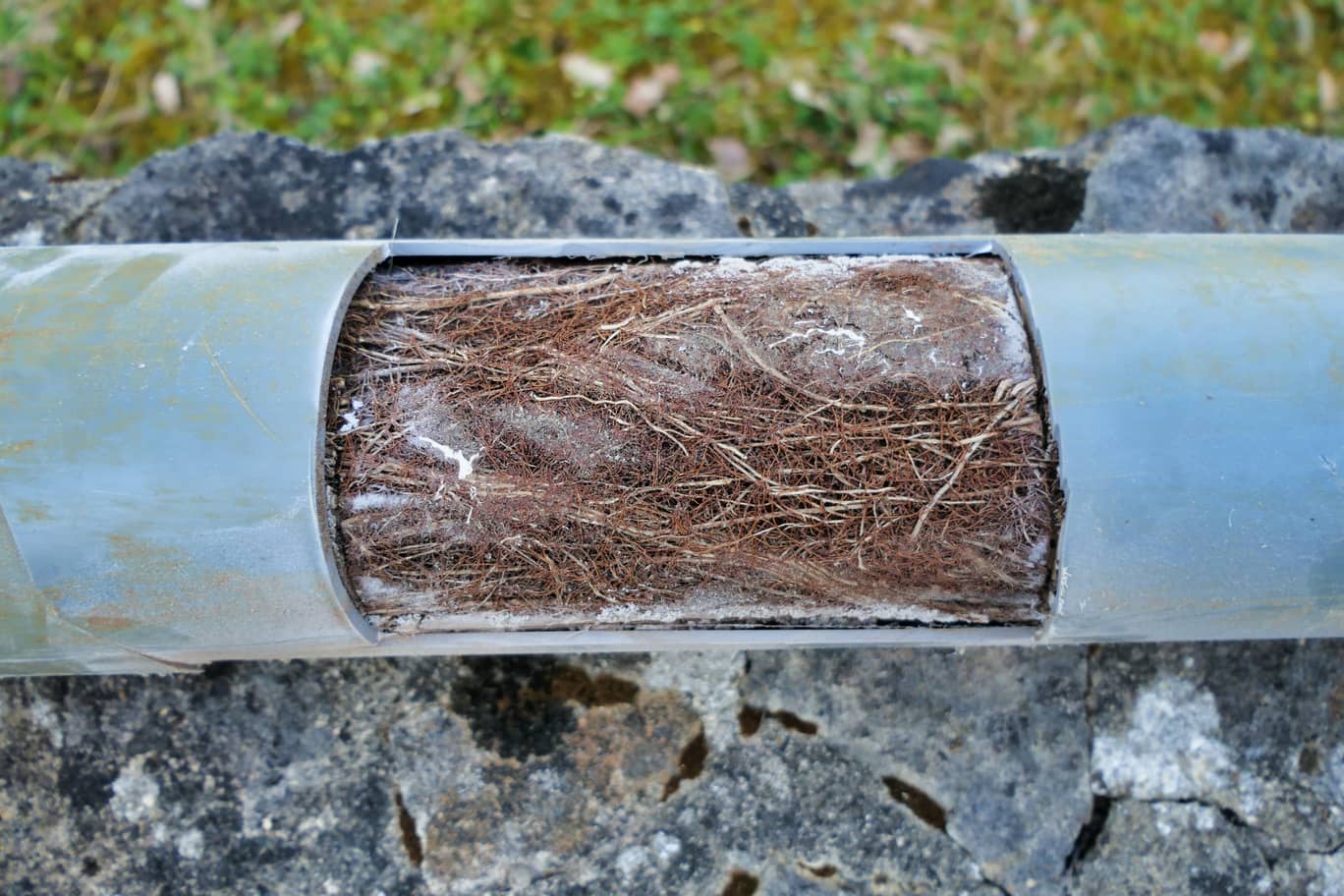
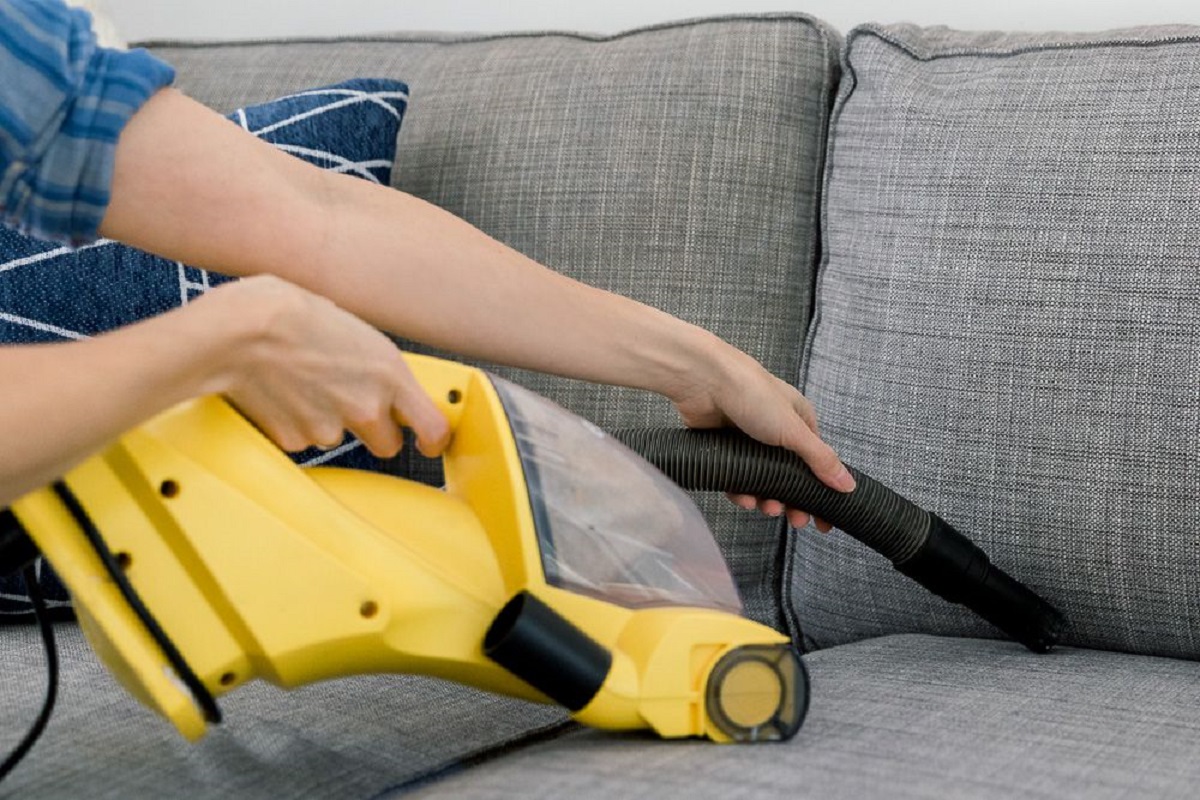
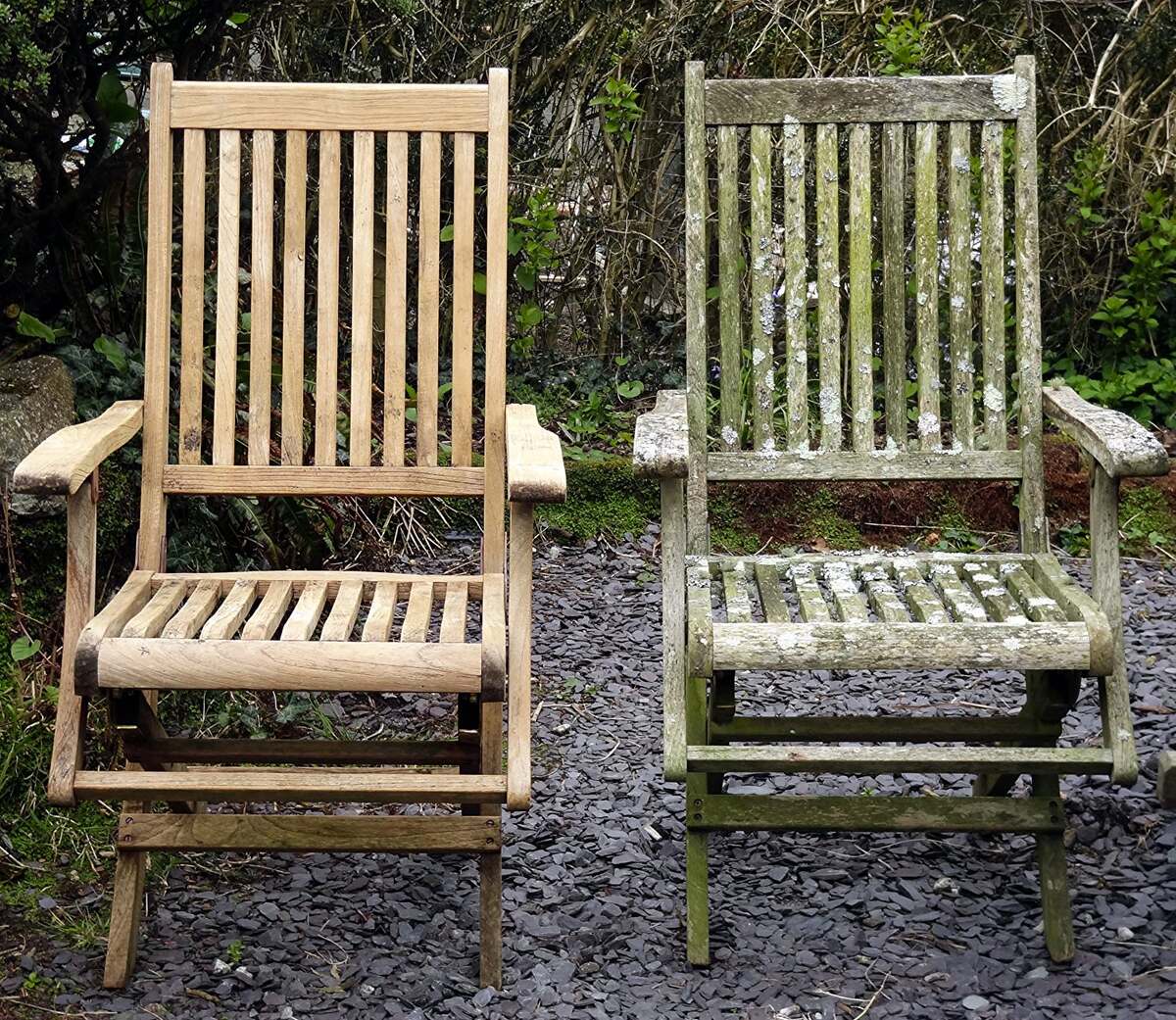
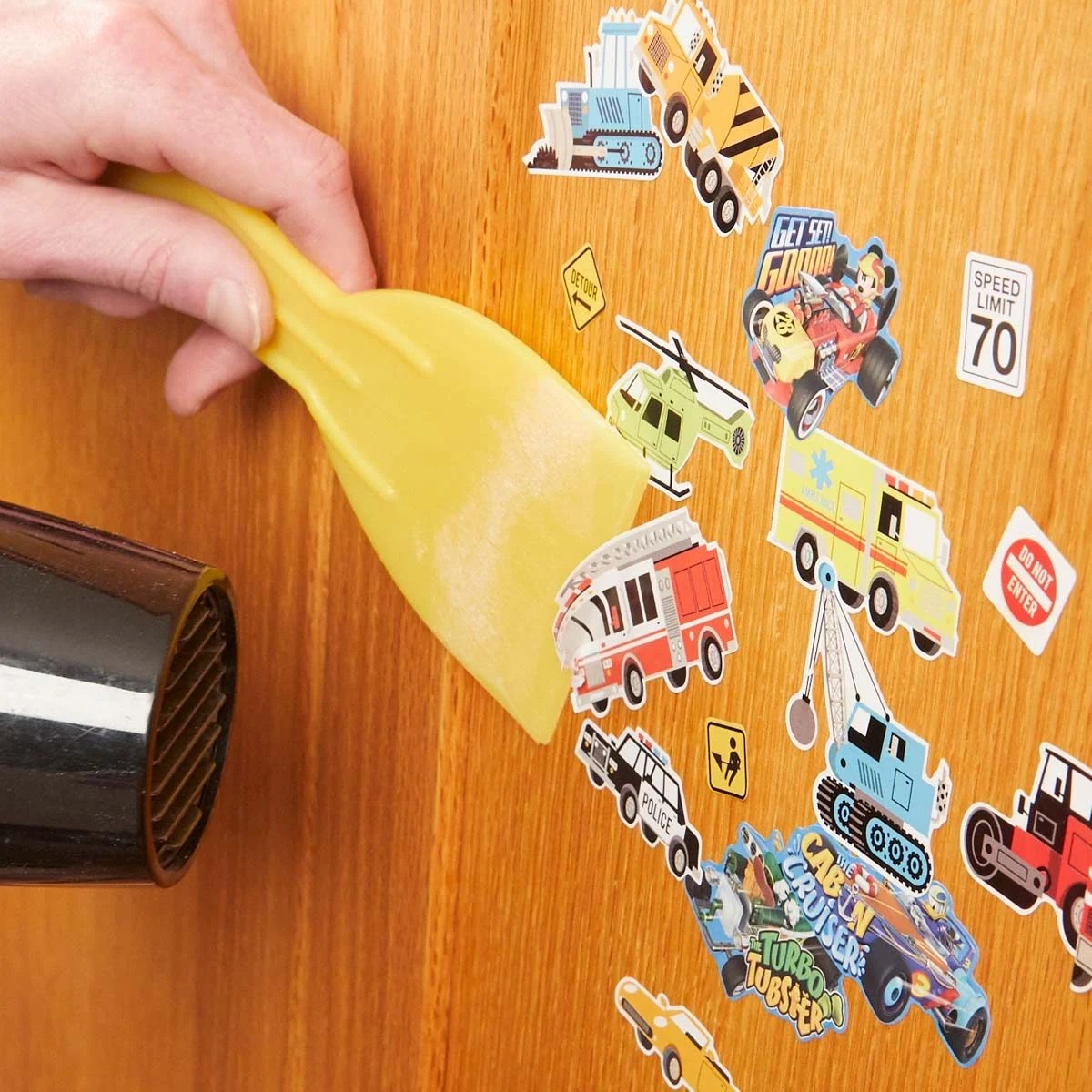
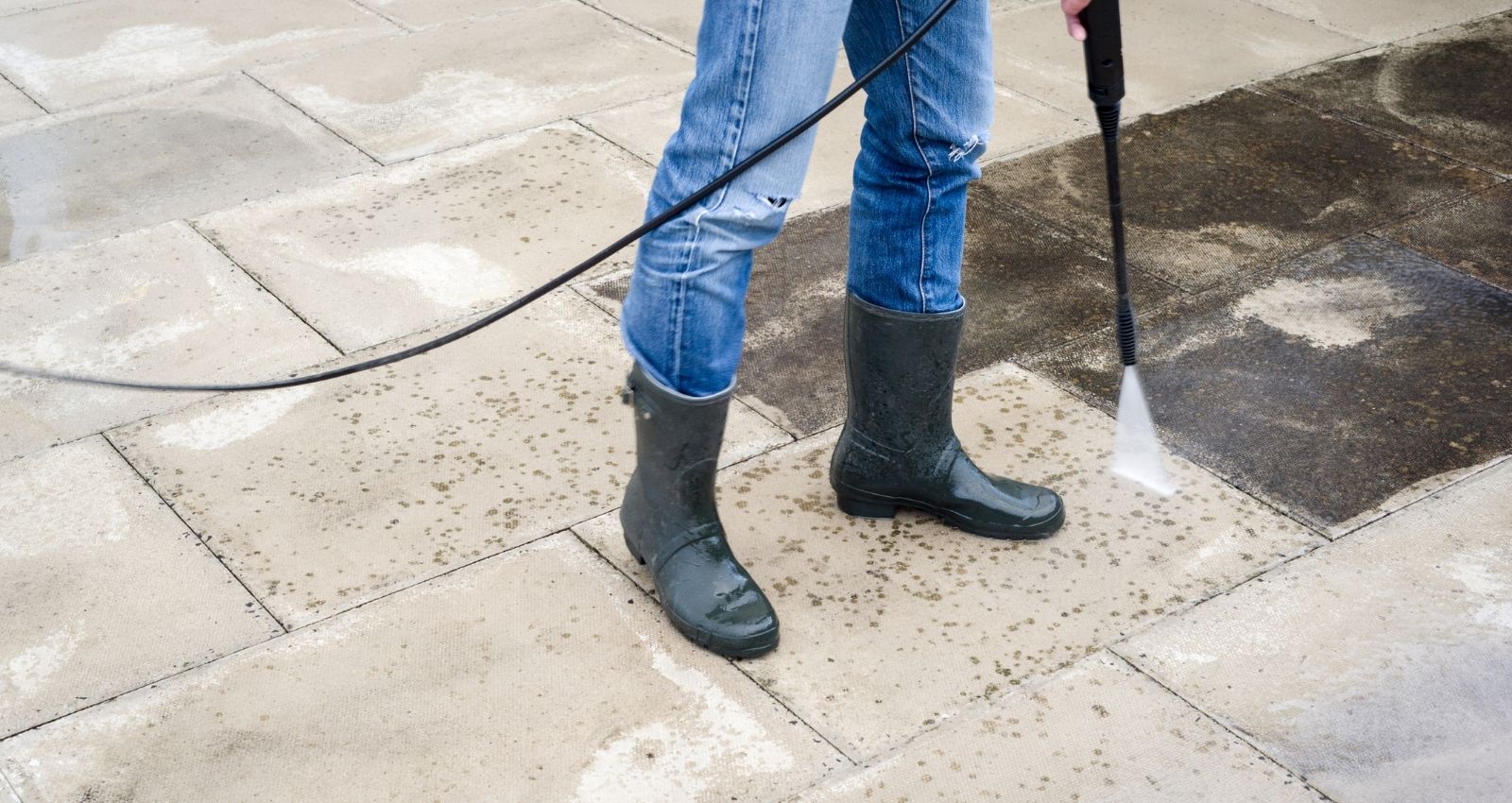
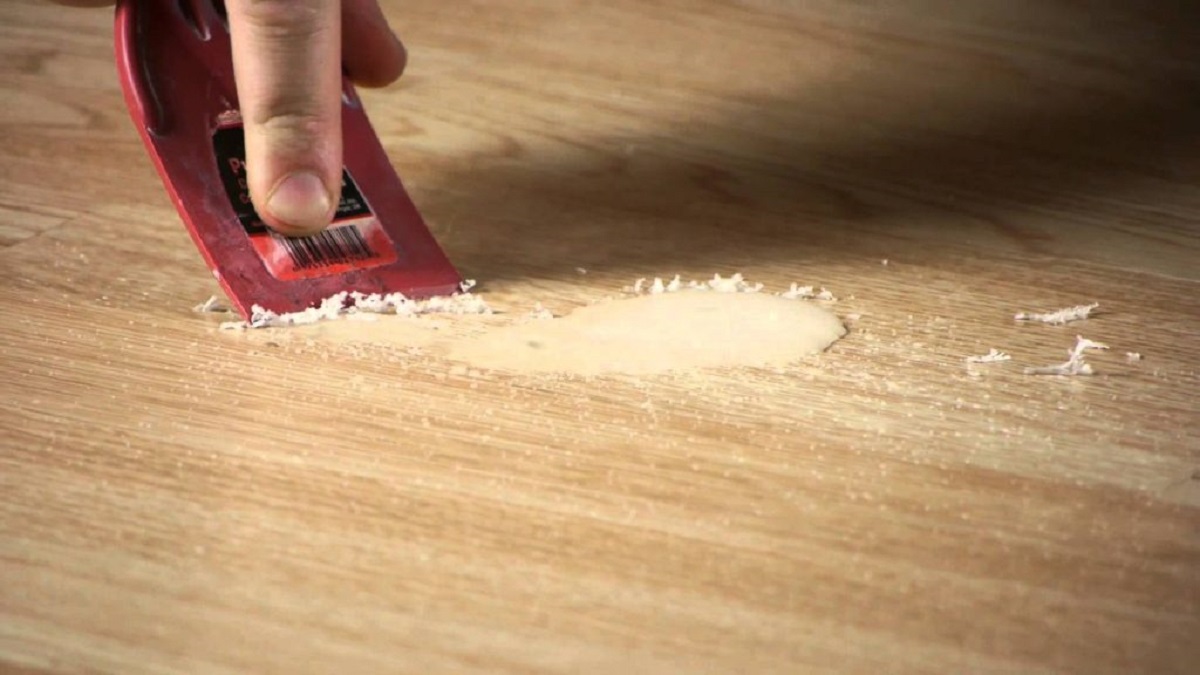
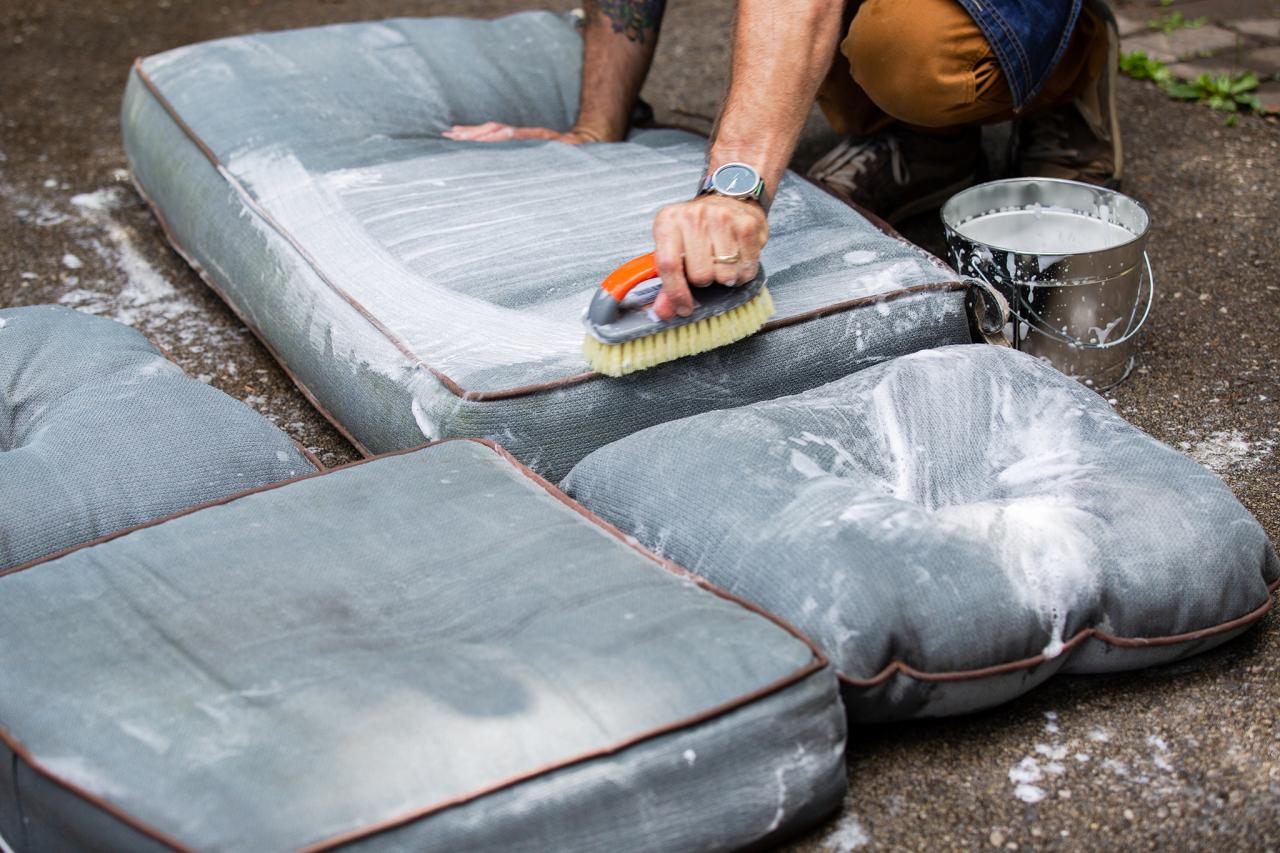

0 thoughts on “How To Remove Tree Sap From Outdoor Furniture”